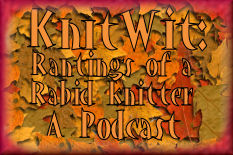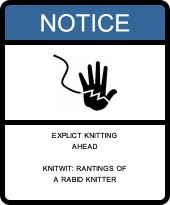KnitWit 95: Wool Beginnings
originally posted at 2:06 pm on Sunday, November 18, 2007
Finally starting the discussion on wool. It was hard for me to decide where to begin. So I decided to start at the beginning.
Sheep were domesticated over 10,000 years ago. Can you just imagine how that happened? I give you my version of one possible scenario.
What do you think happened? Please let me know.
Or just drop me a line and let me know you are still there. I have missed hearing from you.
website: autumnbreezedesigns.com
email: carry.autumnbreeze@gmail.com
Thanks. Carry
approx. 9 minutes


![Validate my RSS feed [Valid RSS]](http://autumnbreezedesigns.com/blog/images/valid-rss.png)



